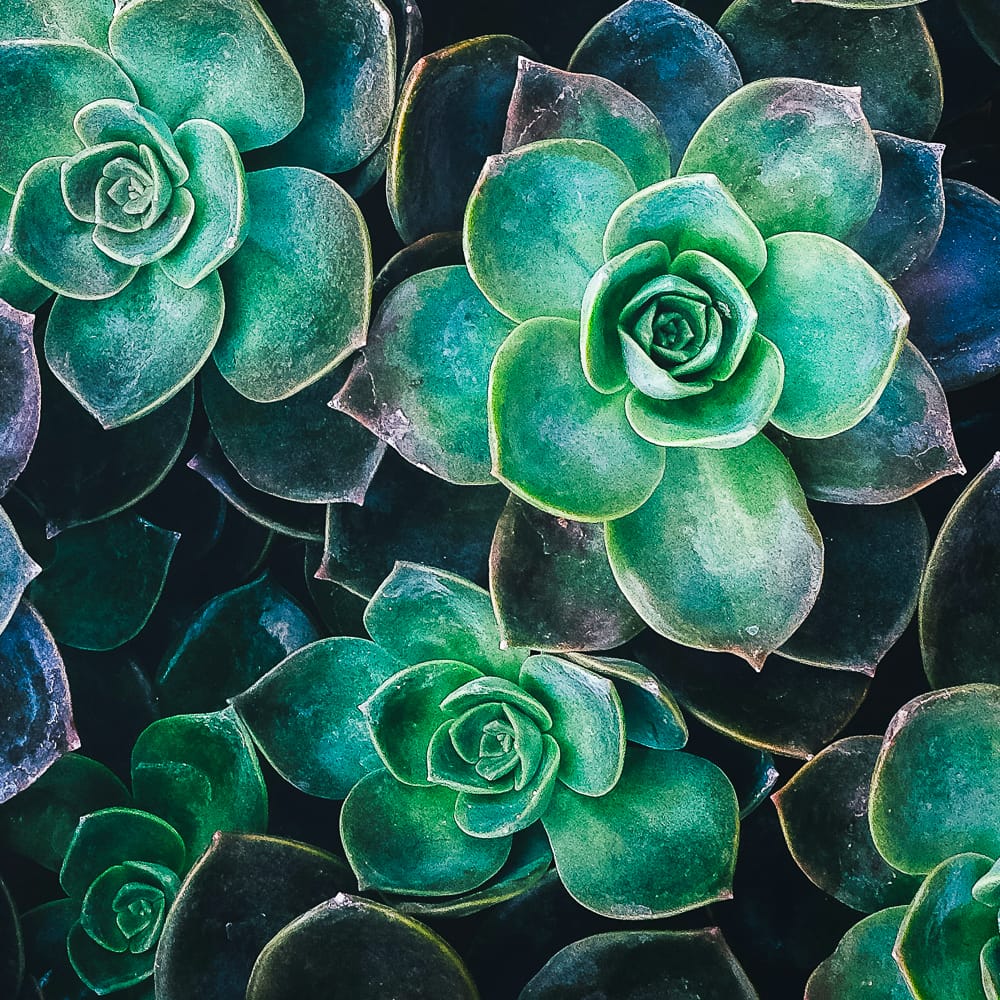
Nov 22 2024
Echeveria Succulents: Natural Reservoirs
Thriving in conditions where most plants struggle, one of their most remarkable features is their ability to store water in their fleshy leaves, enabling them to withstand long periods of drought.
The thick, waxy leaves of Echeverias are specially adapted to act as water storage units. Each leaf is like a mini reservoir, filled with water and nutrients that the plant can access during times of scarcity. This adaptation is a hallmark of succulents, which evolved in regions with infrequent rainfall, such as deserts and rocky outcroppings.
The internal structure of the leaves is designed for efficiency. Specialized tissues, called parenchyma cells, are responsible for storing water. These cells expand like sponges when the plant absorbs moisture, holding onto it until it’s needed. This stored water sustains the plant during dry spells, allowing it to maintain vital processes like photosynthesis even when soil moisture is unavailable.
Reducing Water Loss
Echeverias are equipped with features that minimize water loss. The leaves are covered with a natural waxy layer known as farina, which reduces evaporation by reflecting sunlight and creating a barrier against dry air. This coating gives the leaves their characteristic matte or slightly powdery appearance.

The rosette shape of Echeverias is another clever adaptation. By growing in a circular, compact formation, the leaves shade each other, reducing surface exposure to the sun and helping the plant conserve water. This shape also channels any available moisture—such as rain or dew—toward the center of the rosette, where it can be absorbed more effectively.
Strategic Water Usage
Unlike many plants that rely on a constant water supply, Echeverias excel at using their stored water sparingly. During drought conditions, they enter a state of reduced metabolic activity to conserve energy and water. Their thick leaves can sustain the plant for weeks or even months, depending on the severity of the drought.
This strategy is complemented by the plant’s ability to perform CAM photosynthesis (Crassulacean Acid Metabolism), a specialized process that allows Echeverias to photosynthesize with minimal water loss. By opening their stomata (pores) at night instead of during the day, they reduce water loss while still absorbing the carbon dioxide needed for photosynthesis.
Checkout our source Nobel, P. S. (2002). Physicochemical and Environmental Plant Physiology. to learn more about this incredible plant.